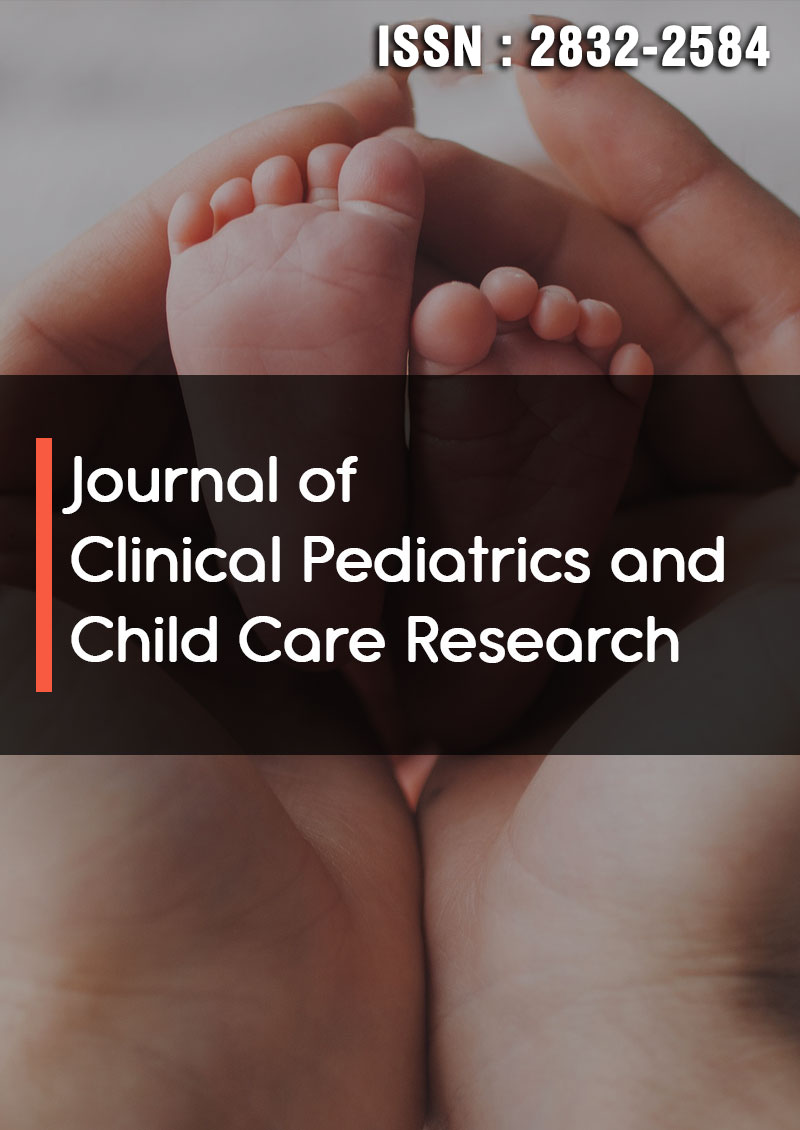Virtual/E-Learning Education and its Correlation to Childhood Obesity Rates & Vision Problems during the COVID-19 ERA in Government School, Fujairah: Retrospective Observational Study
Abstract
Fatmah Alkaabi, Fatmah Alabdouli, Himadree Pattanaik, Lyka Zantua and Maryam Ali
Background: The coronavirus disease 2019 (Covid-19) pandemic is causing substantial morbidity and mortality, straining health care systems, shutting down economies, and closing school districts. While it is a priority to mitigate its immediate impact, we want to call attention to the pandemic’s longer-term effect on children’s health; Covid-19, via these school closures, may exacerbate the epidemic of childhood obesity and increase disparities in obesity risk and vision impairment. Increasing evidence demonstrates a strong correlation between obesity and the Covid-19 disease.
Objective: The emergence of the coronavirus disease has forced governments worldwide to implement non-pharmaceutical interventions that imposed strict confinement policies on their populations, including children and adolescents. Subsequently, the education system has shifted from traditional to online classroom settings, introducing physical and lifestyle changes in students. This study aimed to determine the impacts of virtual/e-learning education on body mass index, obesity, and visual acuity during Covid-19 outbreak (BMI & visual acuity score just before the time of pandemic i.e. pre-closing with that of re-opening of schools between the times 2019-2020 to 2021-2022. Apart of this, the second & third aim was to compare the variables, and find out the association between BMI & visual acuity with their social demographic variable between pre- closing with school re-opening period during pandemic related to virtual/e-learning.
Materials and Methods: We included all original research articles in Covid-19, school student; obesity & based on classification of Body Mass Index (BMI) and visual acuity. The Study was a retrospective observational study conducted at the School Health Department Fujairah under Primary Health Care between December 2019 and December 2021 & carried out students’ data from the school health department's statistical health record; approximate n=9230 (height, weight, BMI & visual acuity) between ages 5 and 18 from school. Among them some of was having obesity & visual acuity, who attended school before the pandemic (2019-20). Due to pandemic during the virtual study period, students were all at their homes because their school program was suspended. The schools were closed during the period of December 2019 to May 2021. The demographic variable was taken as age, sex, level of school cycle (cycle-1, 2 & 3) & duration of e-learning with electronic devices (Laptop, iPad, and mobile). Body mass index (BMI) was determined using the Centre for Disease Control and Prevention standards.
Result: In total 9980 sample was taken from that, 325 were removed as due to mismatch in the paired data & during analysis to discrepancy. So, 9230 samples, 425 data were excluded due were considered as eligible for the study. Age range was between 5 and 18 years with a mean age being 11.5 years. BMI percentiles as well as vision acuity were calculated, totalled and compared between pre-school closing and school closing period. Paired t-test was done. p value\0.001 was considered statistically significant. Study revealed significant differences in variables such as body weight, body mass index before and after lockdown. Post-lockdown, the mean body mass index (BMI) increased among all participants from 18.1 to 24.6 kg/m2 (p<0.001) the same time visual acuity ranges from 8.2 to 10.3%. Researchers hypothesized that Gender has no association with students BMI or visual acuity (p<0.001), so null hypothesis is accepted. There is no difference between pre-pandemic & during pandemic between gender with BMI or visual acuity.
Conclusion: Covid-19 places children at increased risk for physical and psychosocial sequelae. For schools that have the capacity to stream online classes, physical education teachers could stream exercise classes and a few exercise programs could be adapted into at-home lesson plans to engage children in physical activity. A supportive relationship with adults will help ‘‘buffer’’ a stressful experience and support the child’s adaptation. Ensuring the health of children, especially those with the chronic condition of childhood obesity, requires ongoing monitoring by healthcare specialists. Healthcare and educational systems should engage in an adequate supporting and managing system to deal with childhood obesity. Educating the parents on food availability, convenience, and how to choose food wisely even if on a budget, is an issue that needs to be tackled. Advocacy for physical activity while maintaining social distancing is necessary. BMI, obesity, and overweight increase among children during the Covid-19 lockdown, disproportionately affecting disadvantaged subpopulations. Strategies are needed to counteract the impact of the Covid-19 lockdown on unhealthy weight gain and childhood obesity. As Children are spending more, time indoors using electronic media for both education and recreation. Watching TV, playing computer games and using tablets or smartphones increased screen time. In conclusion, home education during the Covid-19 pandemic will have the chance of increase the myopia progression rate in children. It is important to know the impact on the children’s Quality of Life (QOL) to address childhood obesity, as well as vision acuity, which if neglected may lead to long-term profound complications of higher eminence than the actual Covid-19 infection. The prevention and management of childhood obesity, vision acuity, should be set as a priority at an individual, community and population level during this pandemic.




